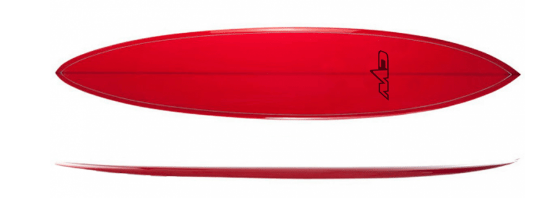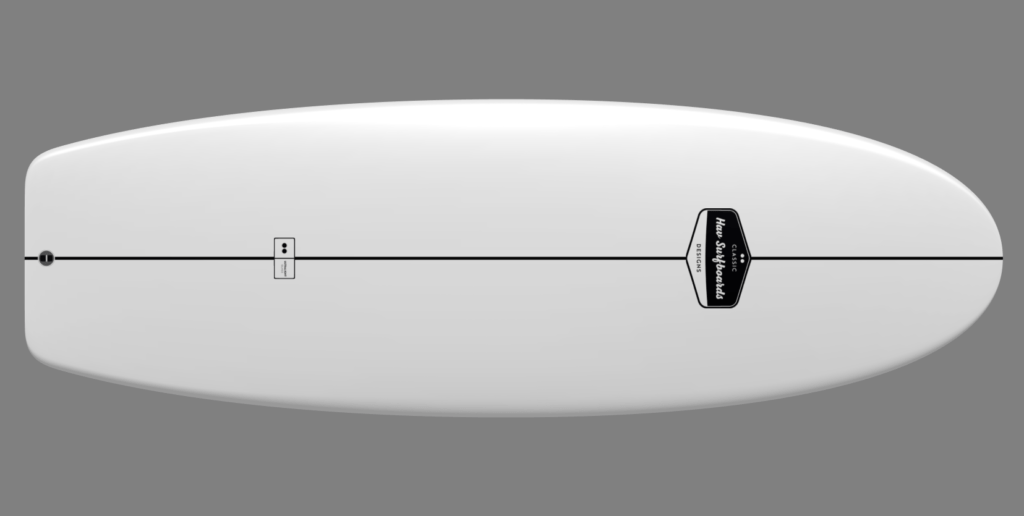The Different Types of Surfboards
A Comprehensive Guide to the Different Types of Surfboards
Choosing the right surfboard is crucial for enhancing your surfing experience, whether you’re a beginner or a seasoned pro. Surfboards come in various shapes, sizes, and designs, each suited to different wave conditions and surfing styles. Here’s an overview of the most common types of surfboards, their features, and what makes them unique.
SEO Keywords: types of surfboards, surfboard guide, beginner surfboards, advanced surfboards, longboard vs shortboard, surfboard types
1. Shortboard

Description: Shortboards are the most popular type of surfboard, especially among advanced surfers. They typically range from 5’6″ to 7’0″ in length and have a pointed nose, which allows for quick turns and aggressive maneuvers.
Best For: Shortboards are ideal for experienced surfers who enjoy riding fast, hollow waves and performing tricks like cutbacks, aerials, and snaps.
Advantages:
- Highly maneuverable
- Great for riding steep, powerful waves
- Perfect for advanced surfing techniques
Disadvantages:
- Not suitable for beginners
- Requires more paddling effort to catch waves
SEO Keywords: shortboard surfboard, best shortboards, advanced surfboards, shortboard for tricks
2. Longboard

Description: Longboards are the original surfboards, characterized by their length (usually 8’0″ to 10’0″), rounded nose, and wide, stable design. They are perfect for riding small, gentle waves and are known for their smooth, flowing style.
Best For: Longboards are great for beginners due to their stability and ease of paddling. They are also favored by surfers who enjoy a relaxed, cruising style and those who want to ride small to medium-sized waves.
Advantages:
- Easy to paddle and catch waves
- Stable and forgiving for beginners
- Ideal for smooth, stylish surfing
Disadvantages:
- Less maneuverable than shorter boards
- Difficult to use in large, powerful waves
SEO Keywords: longboard surfboard, beginner surfboards, longboarding waves, best longboards for surfing
3. Fish

Description: The Fish surfboard is shorter and wider than a traditional shortboard, usually between 5’2″ and 6’4″ in length. It often features a swallowtail design, which provides additional stability and control.
Best For: Fish boards excel in smaller, weaker waves where other boards might struggle to perform. They are also great for intermediate surfers looking to transition from a longboard to a shortboard.
Advantages:
- Great for small, mushy waves
- Fast and easy to turn
- Good transitional board for intermediates
Disadvantages:
- Not ideal for very large or steep waves
- Less maneuverable than a shortboard in powerful surf
SEO Keywords: fish surfboard, best surfboards for small waves, intermediate surfboards, fish board surfing
4. Funboard

Description: Funboards, also known as mini-mals, are a hybrid between a shortboard and a longboard. They typically measure between 6’6″ and 8’0″, combining the stability of a longboard with the maneuverability of a shortboard.
Best For: Funboards are perfect for beginners who are progressing from a longboard but aren’t ready for a shortboard. They are also great for surfers of all levels who want a versatile board for different wave conditions.
Advantages:
- Versatile and easy to ride
- Good for a wide range of wave conditions
- Great for beginners and intermediates
Disadvantages:
- Not as fast or maneuverable as a shortboard
- Less stable than a longboard
SEO Keywords: funboard surfboard, best surfboards for beginners, hybrid surfboards, versatile surfboards
5. Gun

Description: The Gun surfboard is designed for big wave surfing. It’s long (7’0″ to 12’0″), narrow, and has a pointed nose, allowing it to handle the speed and power of massive waves.
Best For: Guns are used by experienced surfers who are riding in big wave spots like Mavericks, Jaws, or Pipeline. They provide the stability and control needed to navigate extremely large, fast-moving waves.
Advantages:
- Designed for big wave surfing
- Provides stability at high speeds
- Handles well in powerful, hollow waves
Disadvantages:
- Not suitable for small or medium waves
- Requires advanced skills to use effectively
SEO Keywords: gun surfboard, big wave surfing, best surfboards for big waves, gun board surf
6. Egg

Description: The Egg, also known as an “egg-shaped” board, is a versatile surfboard that’s typically between 6’0″ and 8’0″ in length. It has a rounded, wide shape that’s reminiscent of an egg, providing stability and ease of use.
Best For: Eggs are great for surfers who want a fun, all-around board that performs well in a variety of conditions. They are especially popular with intermediate surfers who want to improve their skills.
Advantages:
- Versatile and user-friendly
- Good for a range of wave sizes
- Stable and easy to paddle
Disadvantages:
- Not as specialized as other board types
- Lacks the high-performance features of a shortboard
SEO Keywords: egg surfboard, all-around surfboards, versatile surfboards, egg shape board surfing
7. Mini Simmons

Description: The Mini Simmons is a retro-style board, inspired by the design of Bob Simmons’ boards from the 1940s. It’s short, wide, and has a flat rocker, which makes it fast and fun in small surf.
Best For: The Mini Simmons is perfect for small, mushy waves where speed and glide are more important than sharp turns. It’s a great choice for experienced surfers who want a unique ride.
Advantages:
- Extremely fast and fun
- Great for small wave conditions
- Retro, stylish design
Disadvantages:
- Not ideal for large or steep waves
- Limited maneuverability
SEO Keywords: Mini Simmons surfboard, retro surfboards, small wave surfboards, fast surfboards for small waves
Conclusion
Understanding the different types of surfboards can help you choose the right one for your skill level, preferred wave conditions, and surfing style. Whether you’re just starting out or looking to advance your skills, there’s a perfect surfboard out there waiting for you.
No matter which board you choose, the most important thing is to have fun and enjoy the ride!

